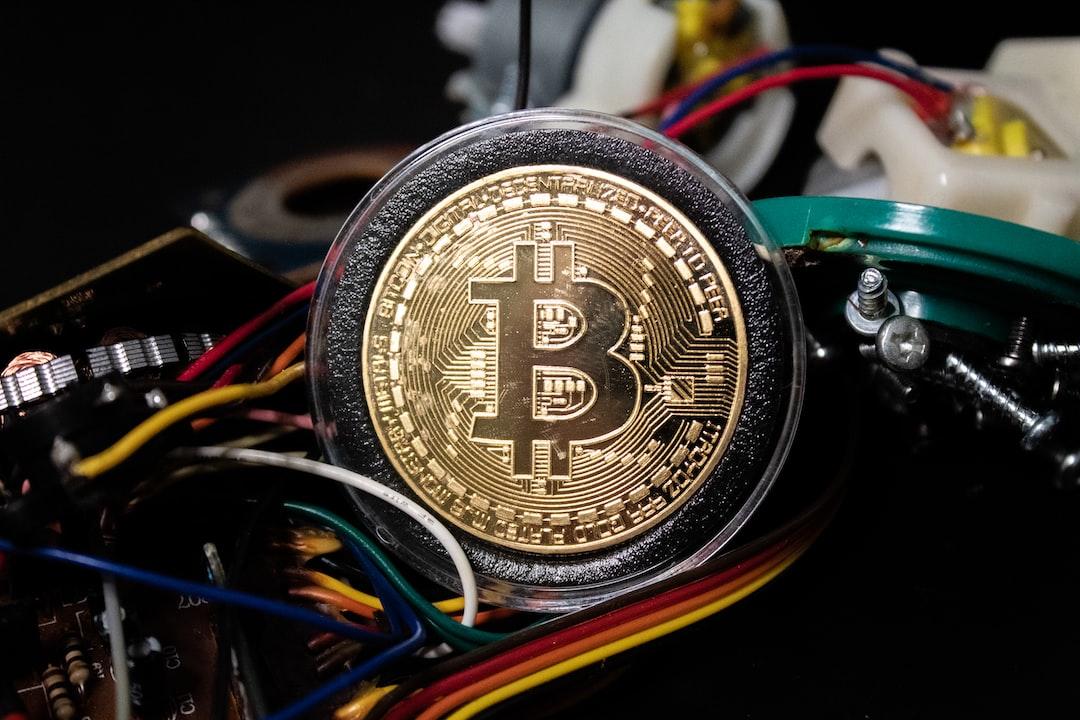Table of contents
Toggle
Halving is just the beginning after one hundred days
Bitcoin is approaching the $70,000 mark
According to a report from CoinDesk, the latest research from ETC Group shows that the bullish impact of Bitcoin halving typically takes about 100 days to begin to show.
As is well known, the Bitcoin block reward halving is a built-in code that takes effect every 210,000 blocks (equivalent to four years), reducing the miners’ block rewards by 50%. The main purpose is to control the supply of Bitcoin and ensure its scarcity over time, avoiding currency inflation like fiat currencies. The first halving was implemented in 2012, reducing miners’ rewards per block from 50 BTC to 25 BTC, and the most recent halving was implemented on April 20, further reducing it to 3.125 BTC.
Previous halvings have paved the way for multiple significant price increases, with most of the gains occurring after 100 days. Andre Dragosch, head of research at ETC Group, stated on X:
After analyzing data from the halvings in 2012, 2016, and 2020, Andre Dragosch concluded that the average excess performance after 100 days of halving significantly increased and became statistically significant, with the “t-value” exceeding 2%.
The T-value is a statistical indicator used in hypothesis testing to determine the degree of deviation between the sample mean and the population mean, which is influenced by the variability of the sample.
Andre Dragosch, when interviewed, stated:
At the time of writing this article, Bitcoin has surpassed $69,000, nearing the $70,000 mark, hitting a seven-week high, and is only 5.7% away from its all-time high of $73,757.
The recent positive sentiment around Bitcoin has been mainly driven by speeches from two US presidential candidates and a prominent Republican senator at the Bitcoin 2024 conference.
Independent presidential candidate Robert Kennedy and Senator Cynthia Lummis discussed plans to establish a strategic Bitcoin reserve for the US, while former President Donald Trump stated that if re-elected, the government would no longer sell Bitcoin. If these plans materialize, they could create significant buying pressure and supply shocks in the Bitcoin market.
In addition, the personal consumption expenditure index for June only rose by 0.1%, indicating controlled inflation, which has increased market confidence in a rate cut in September.
The Federal Reserve will make its interest rate decision on July 31, and although the market generally expects the Fed to keep rates unchanged, data from the Chicago Mercantile Exchange (CME Group) shows a 95.9% probability of rates staying between 5.25% and 5.5%.
Expectations for a rate cut in September are strengthening, with a probability of 85.8% for rates dropping to 5.0% to 5.25%. If realized, this would be the first rate cut since March 2020.

